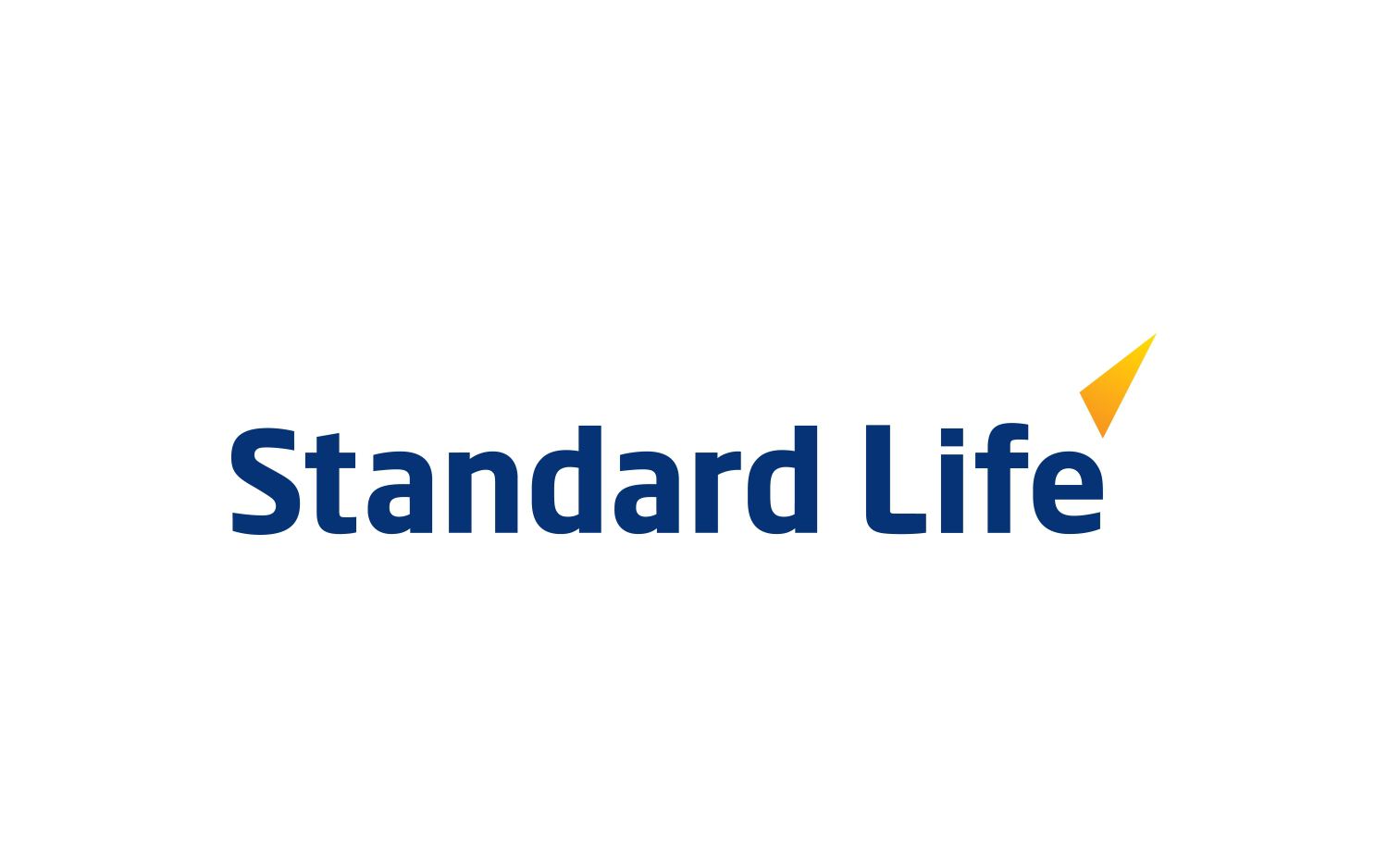Understanding the IRS National Standards: Food, Clothing, and Other Items
Introduction to IRS National Standards
The Internal Revenue Service (IRS) plays a crucial role in the United States tax system, not only by collecting taxes but also by providing guidelines that help taxpayers understand their obligations and rights. Among these guidelines are the IRS National Standards, which set forth specific criteria for various living expenses, including food, clothing, and other essential items. These standards are particularly significant for individuals undergoing financial hardship, as they can influence the calculation of allowable expenses during the collection of unpaid taxes or when filing for bankruptcy.
The Purpose of National Standards

The primary purpose of the IRS National Standards is to provide a uniform framework that taxpayers can use to determine reasonable living expenses. These standards are especially relevant for taxpayers who are working with the IRS on payment plans or who are attempting to settle their tax debts through programs like the Offer in Compromise. By establishing clear guidelines for necessary living expenses, the IRS aims to ensure a fair assessment of each taxpayer’s financial situation.
Components of the National Standards
National Standards are divided into several categories, including food, clothing, and other essential items. Each category has specific dollar amounts that vary based on family size and geographic location. For example, the amount allocated for food will differ depending on whether an individual lives in a metropolitan area or a rural area. This differentiation acknowledges the varying costs of living across the country and aims to provide a realistic representation of what is necessary for maintaining a basic standard of living.
Food Standards
The IRS National Standards for food expenses are designed to reflect the average cost of groceries and dining out for families of different sizes. The standards take into account the nutritional needs of individuals and families, ensuring that the amounts allocated are sufficient to cover basic dietary requirements. For instance, a single person may have a lower food allowance compared to a family of four, reflecting the increased consumption needs of a larger household.
It is important to note that the food standards are not intended to cover luxury dining experiences or gourmet food items. Instead, they focus on essential nutrition and reasonable meal planning. Taxpayers can use these standards to demonstrate to the IRS that their food expenses are in line with national averages, which can be particularly beneficial when negotiating payment plans or settlements.
Clothing Standards
Clothing is another essential category within the IRS National Standards. The clothing allowance is designed to cover basic clothing needs for individuals and families, including everyday wear and necessary items such as shoes and outerwear. Similar to food standards, the clothing allowance varies by family size and is influenced by factors such as age and gender.
The clothing standards aim to provide a reasonable estimate of what families typically spend on clothing each year. This helps ensure that taxpayers do not face undue financial strain when trying to meet their basic clothing needs. By adhering to these standards, taxpayers can present a more accurate picture of their financial situation to the IRS, which can aid in negotiations regarding tax liabilities.
Other Necessary Items
In addition to food and clothing, the IRS National free AS/NZS 3000:2018 also encompass other necessary items, which may include expenses for personal care products, household supplies, and basic transportation costs. These standards recognize that individuals and families require a variety of items to maintain their daily lives, and they provide a framework for estimating these expenses.
For instance, the allowance for personal care products might cover basic hygiene items such as soap, shampoo, and toothpaste, while household supplies could include cleaning products and other essentials. Transportation costs could cover public transportation fares or a reasonable estimate for fuel and maintenance for a vehicle. By providing these standards, the IRS aims to ensure that taxpayers can account for the necessary expenditures that contribute to their overall well-being.
Application of National Standards in Tax Situations

Understanding how to apply the IRS National Standards: food, clothing, and other items is crucial for taxpayers facing financial difficulties. When negotiating with the IRS, taxpayers can use these standards to justify their living expenses, potentially resulting in more favorable payment arrangements or settlements. For example, if a taxpayer can demonstrate that their food and clothing expenses are in line with national averages, the IRS may be more inclined to accept a lower monthly payment or a compromise offer.
Challenges and Considerations
While the IRS National ASME BPVC.II.A-2023 provide a helpful guideline, there are challenges involved in their application. One significant consideration is that the standards may not accurately reflect the unique circumstances of every taxpayer. For instance, individuals living in high-cost areas may find that the standard allowances do not meet their actual living expenses. In such cases, taxpayers may need to provide additional documentation and evidence to support their claims for higher expenses.
Moreover, taxpayers should be aware that the IRS may scrutinize their reported expenses, especially if they deviate significantly from the national standards. Therefore, it is essential to maintain accurate records of all expenses and to be prepared to justify any discrepancies. This might involve providing receipts, bank statements, or other financial documents that demonstrate the necessity of the reported expenses.
Conclusion
In summary, the IRS National Standards for food, clothing, and other items serve as an essential tool for taxpayers navigating financial challenges. By providing a clear framework for estimating necessary living expenses, these standards help ensure that individuals can maintain a basic standard of living while addressing their tax obligations. Understanding and applying these standards effectively can lead to more favorable outcomes in negotiations with the IRS, ultimately allowing taxpayers to manage their financial responsibilities more effectively. As taxpayers work through their financial situations, familiarity with the IRS National Standards will empower them to advocate for their needs and achieve a fair resolution to their tax challenges.